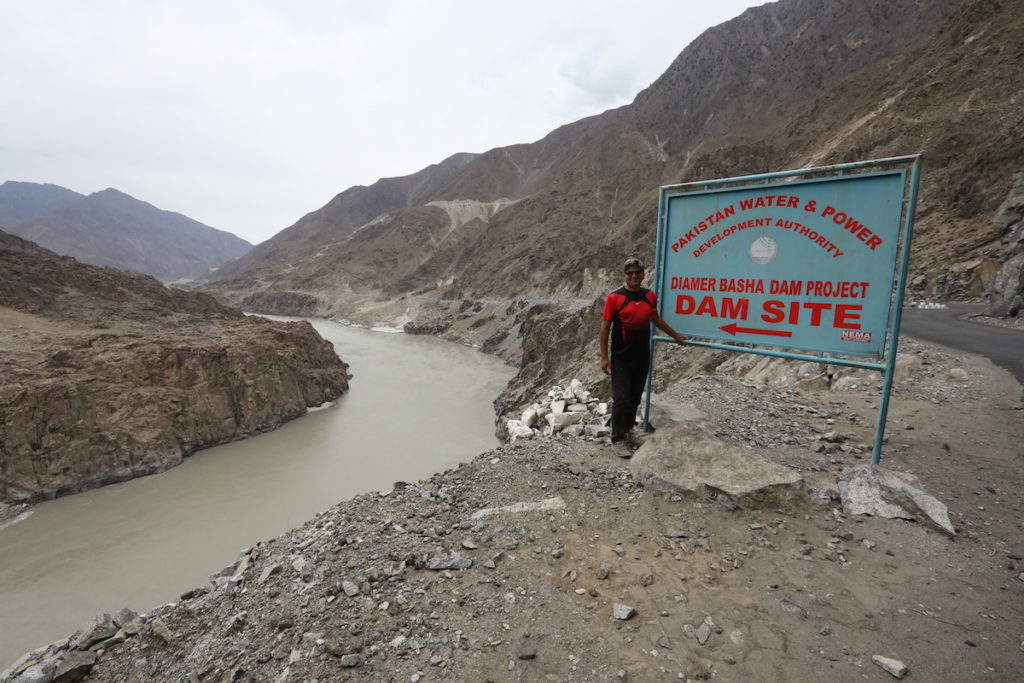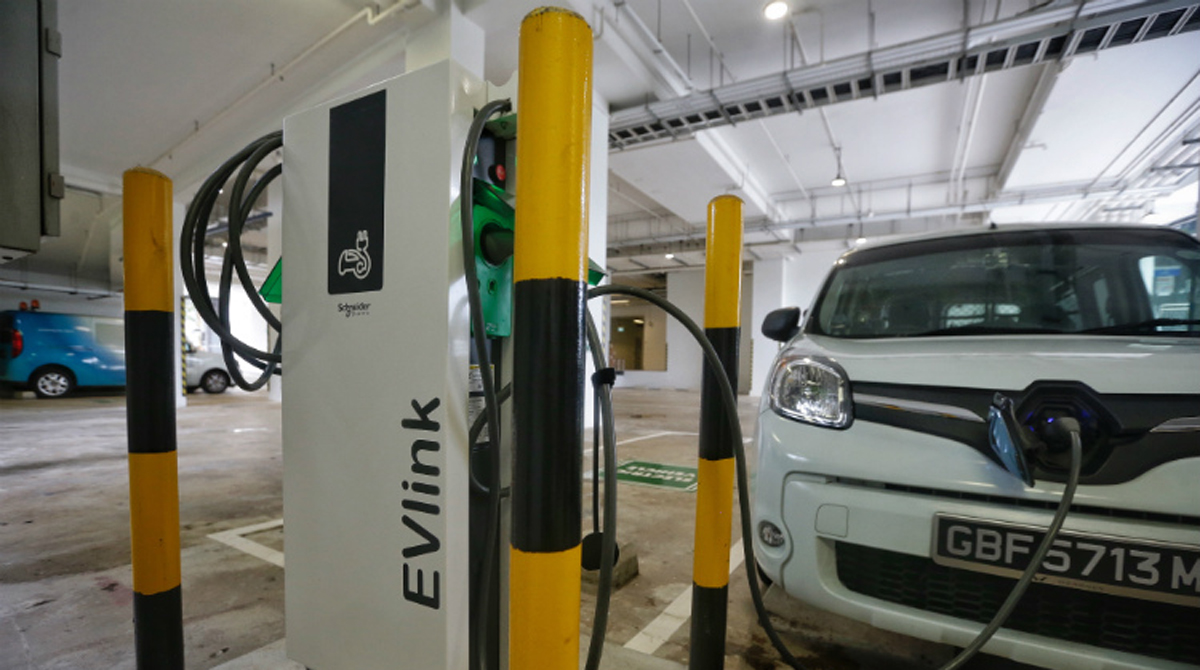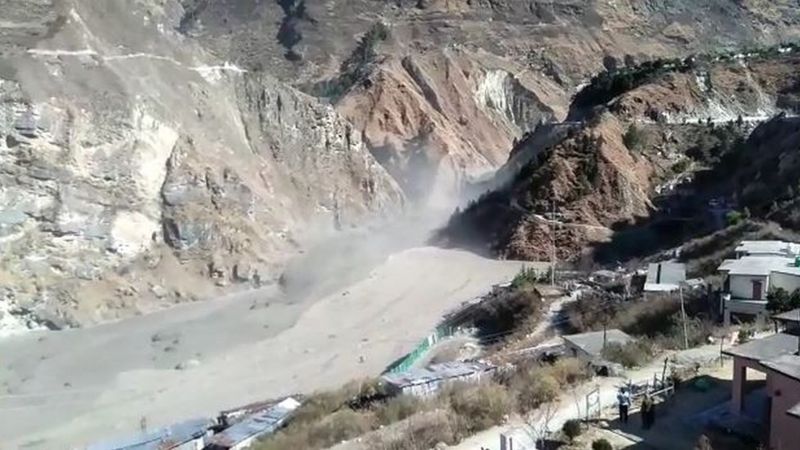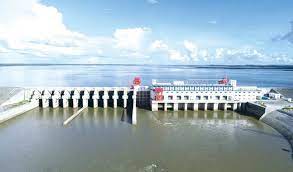Energy Update
Pakistan’s Diamer Bhasha dam is neither green nor cheap

For the government of Pakistan, the Diamer Bhasha dam is integral to the country’s green energy future, with hydropower playing a prominent role in its updated Nationally Determined Contribution. Construction on the 4,800-megawatt plant began in June 2020, with an estimated completion cost of USD 14 billion. It is scheduled to be finished by 2027.
Pakistan’s first green bond was issued to fund the dam, raising USD 500 million by May 2021 from foreign investors. In August 2021, in a speech during the groundbreaking ceremony for the fifth extension project of the Tarbela dam, the prime minister of Pakistan, Imran Khan, emphasised the role of hydropower in providing for the country’s energy needs. And yet a closer examination of the costs, both ecological and financial, belie the expectations that the dam will provide cheap, green power.

The surface area of Diamer Bhasha’s reservoir will be 200 square kilometres. Its construction requires about 12 million tons of steel and 22 million cubic metres of concrete. Concrete is hugely carbon-intensive to make: globally, the production of cement contributes 8% of CO2 emissions.
A 2016 paper, based on data from 1,473 dams worldwide, estimated that on average a single megawatt-hour (MWh) of energy produced from hydropower generates 273 kg of carbon dioxide equivalent (CO2e). This includes both CO2 and methane emissions “from the decomposition of organic matter that was either flooded during reservoir construction, transferred to the reservoir by river runoff, grown in the reservoir such as by algal production, stems from dead trees protruding from the water, or was grown in newly created marshes in the drawdown area”. With methane capture, the mean carbon footprint of hydropower is reduced to 173 kg. The Diamer Bhasha project, however, has no provisions to capture methane.

Then there is the carbon cost of steel, generating 1.85 tons of CO2e for every ton of steel produced.
According to the US Energy Information Administration, 1 MWh of energy produced from burning coal releases about 300 kg CO2e. (Since converting thermal energy to electricity inevitability involves loss, the real figure of CO2 emitted per MWh of usable electricity will be higher.) Given the lack of any methane capture at the Diamer Bhasha project, we estimate that in its first 30 years of operations the dam will have a carbon footprint almost as high as the most polluting types of coal plant, at 321 CO2e per MWh.
The carbon footprint of Diamer Bhasha dam could be higher still, if loss of ecosystem services is also factored in.
The large amount of water held back would have a devastating impact on the Indus delta, as it would lead to the encroachment of sea water far up the coast. This would be particularly detrimental to mangrove forests. In the Indus delta, the area covered by mangrove forests shrank from 380,000 hectares in 1950 to 87,000 hectares by 2005. Five large dams were built during this time in the Indus basin. Mangroves are among the most carbon rich trees in the world, and their deforestation accounts for up to 10% of all emissions due to deforestation, even though they account for 0.7% of total trees.
Not an economic solution
The Diamer Bhasha project is also touted as “cheap”. This ignores the history of debt servicing for dams in Pakistan – and in the region – as well as massive cost and time overruns. A study on 245 large dams in 65 countries found that the average overrun on the cost of a large dam is 96%, with an average time overrun of 44%.
Pakistan is no exception to this. The Tarbela dam, for example, had a 300% cost overrun from its initial estimates, and the Neelum-Jhelum hydropower plant exceeded 500%. Diamer Bhasha is suffering from time and cost overruns already: its cost increased by PKR 174 billion (USD 1 billion) within the first year of work starting on the project. In private conversations we have been told that an ancillary facility – the 20-MW Tanjir hydropower project to supply power at the main dam – is six months behind schedule within one year.
If the Diamer Bhasha project follows a similar timeline and has similar cost overruns to the 96% of large dams worldwide or Pakistan’s previous big dams, the earliest it would realistically be completed is 2035, with a total cost of USD 28 billion rather than its initial estimate of USD 14 billion. Since the financing and cashflow details of the project are not accessible to the public, we assume that – in line with the proportion of funding for previous projects – up to USD 20 billion of financing will be through loans in foreign currency. For the sake of estimating external costs, we lump all foreign currency loans under one amortisation schedule at 5% interest. (This is much lower than the 7.5% interest rate on Pakistan’s green eurobond, or the average interest rate for lending by public and private institutions in Pakistan in 2020, at 10.8%.)
We assume a grace period of 15 years (for the construction phase), during which borrower receives the loan in equal annual instalments, while only paying accumulated interest to the lender. After the grace period, both the principal and the interest are paid off – principal in equal instalments and interest tapering off to zero in 30 years.
USD 70 billion Potential overall cost of the Diamer Bhasher hydropower plant, factoring in external costs
In comparison, the real terms for the recent Ghazi-Barotha hydropower project were much tougher. It was financed by the Asian Development Bank with six years of grace period, 25 years of maturity, 1% annual service charges and 14% annual interest rates. The loan arrangements for our Diamer Bhasher analysis, therefore, may be considered very relaxed for the borrower: low interest, long timeline and significant grace period. But despite presumably lenient arrangements, the project’s external cost of financing would be close to USD 29 billion.
On top of this there is the social cost of carbon (SCC). This is an estimate of the financial damage caused by emitting CO2.
The International Monetary Fund estimated that the social cost of carbon per ton of CO2e in the US was USD 6.8-80 for 2020. While estimates of SSC for Pakistan have not been carried out, by this estimate the 170 million tons CO2e generated by the Diamer Bhasha project in 30 years of operation could cost society another USD 1-13 billion. It should be noted that Pakistan is far more vulnerable to climate change disasters than the US, and that the SSC will continue to rise over time, meaning it will be much higher by the time the Diamer Bhasha project is finished.
Adding together the direct costs, costs of financing and SSC brings the overall cost to society of Diamer Bhasher to more than USD 70 billion. This would make the current tariff set by the Water & Power Development Authority of PKR 4.11 (USD 0.024) per kilowatt-hour impossible to maintain. Just to break even in 30 years, the tariff would have to be kept at PKR 22.00 (without consideration of externalities).
If true accounting is done and the costs of externalities are added to the project, Diamer Bhasher could never even break even, let alone become an engine of the national economy.
The current government’s dam-building programme is called “Decade of Dams”. Last week, Moonis Elahi, the minister for water resources, reiterated this slogan, mentioning projects that are under construction and being planned.
The use of hydropower as part of Pakistan’s commitment to the Paris Agreement is a significant problem, as is the stated ambition by other countries – like China and India – in the region to continue to build large hydropower projects. But at least China and India have also planned to install large solar-plus-storage projects by 2030. Pakistan’s ambitions are minuscule in comparison. Unless it realises the real cost of hydropower, it may stay blind to better opportunities in the renewables sector.
Conversation
- Info. Dept. Reg. No. : 254/073/74
- Telephone : +977-1-5321303
- Email : [email protected]













